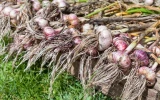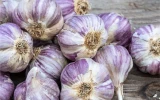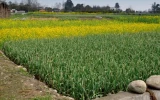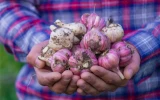How Much Does It Cost to Plant an Acre of Garlic?
The cost of planting an acre of garlic is influenced by factors such as the price of garlic cloves used for seeding, land preparation expenses, and labor costs. This initial investment directly impacts the profitability and yield of their harvest. In this article, we will delve into the financial aspects of garlic cultivation, breaking down the various costs associated with planting an acre of garlic.
The cost to plant an acre of garlic can range from $5,000 to $15,000, depending on factors like location, garlic variety, labor costs, and farming practices. High-quality seed garlic and organic farming methods can increase costs. Efficient planning and bulk purchasing can help manage expenses.
While initial expenses might seem steep, including seed, labor, and equipment, garlic's high market value could turn your farm into a goldmine. Curious yet? This little bulb has more to offer than just flavor.
Summary
- The cost of planting garlic includes not only the seed stock but also significant expenses such as soil preparation ($100-$300 per acre), irrigation ($500-$1,500), fertilizer, mulch, labor ($200-$1,000), pest control, and equipment.
- The cost of planting garlic per acre significantly varies across regions due to differences in labor, land preparation, and technology, with North America at approximately $10,000, Europe at $8,600, and Asia at $6,800, highlighting the influence of local economics, farming practices, and resource availability on cultivation costs.
- The cost of planting garlic per acre is influenced by several factors, including soil quality, climate and water resources, nutrient and fertilizer needs, pest and disease management, mulching, irrigation, and the potential use of raised beds.
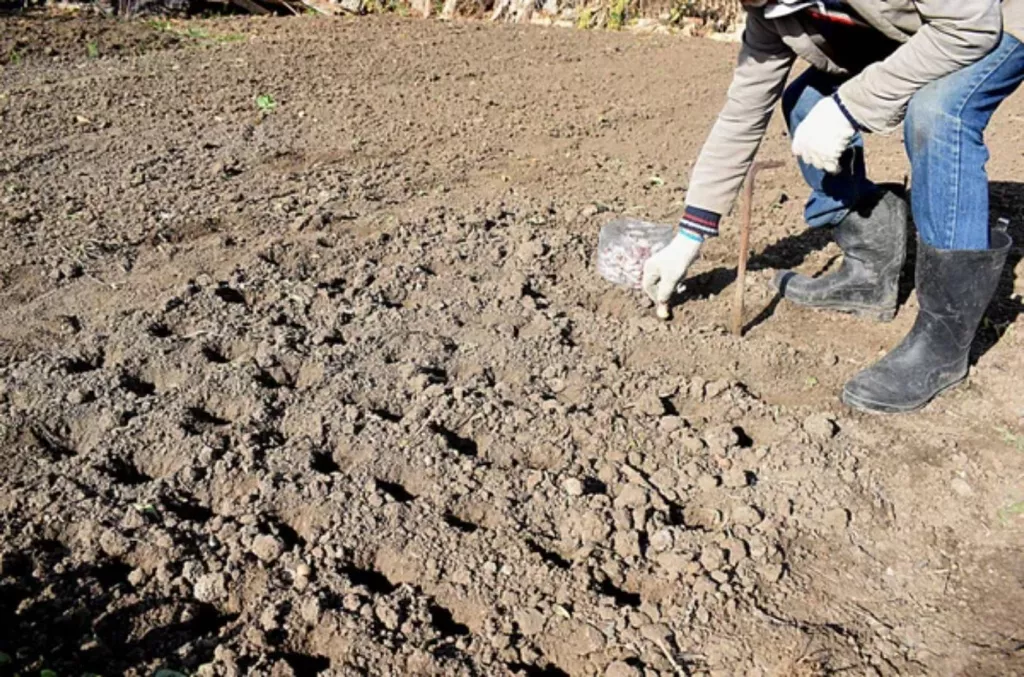
On this page:
Estimated Cost of Planting Different Garlic Species
When you're looking to plant garlic, there are mainly two types to consider: softneck and hardneck. Softneck garlic is more common and usually less expensive than hardneck.
The cost for these can vary based on whether you're buying conventional or organic garlic seed stock. To compute how much garlic seed you will need for your land, you can refer to this article.
| Garlic Variety | Cost per Pound | Cost per Acre |
|---|---|---|
| Softneck | $12 - $18 | $7,200 - $10,800 |
| Hardneck | $15 - $22 | $9,000 - $13,200 |
| Elephant garlic | $30 - $45 | Based on weight |
For softneck varieties, you can expect to pay around $12 to $18 per pound. If you're planting one acre, which typically takes about 600 pounds of garlic bulbs to plant, you're looking at costs between $7,200 to $10,800.
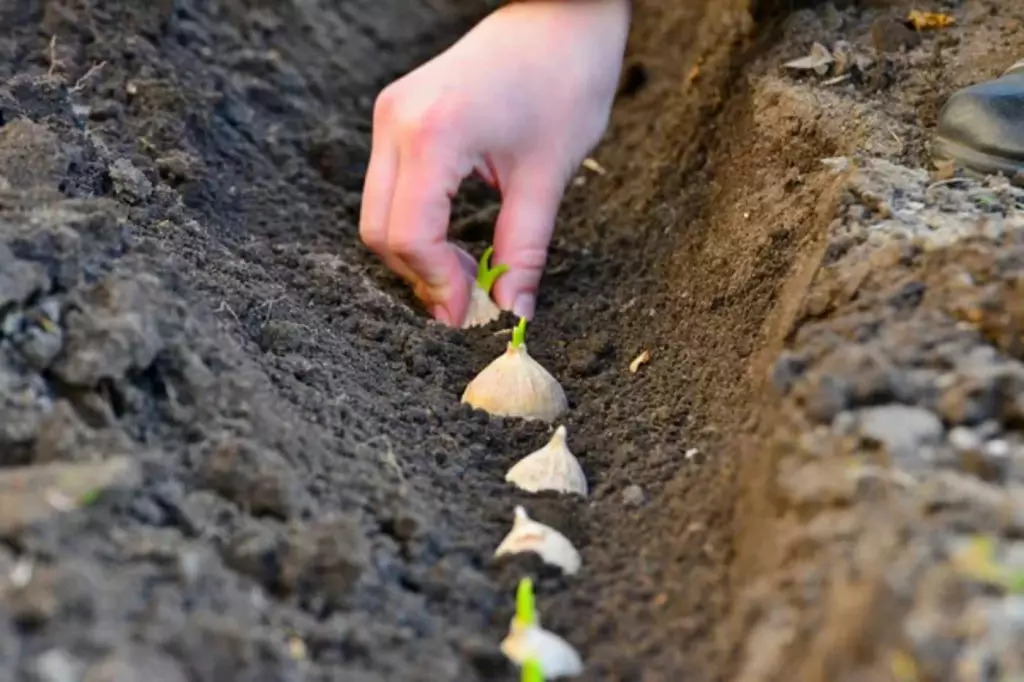
Hardneck garlic is pricier, with costs averaging $15 to $22 per pound. The same acreage would cost between $9,000 to $13,200 to plant.
If you're considering something a bit different, elephant garlic, though technically a leek, is another option. It's also more expensive due to the larger bulb size, and you might spend about $30 to $45 per pound.
Remember, prices can change based on several factors, such as the variety of seed stock and whether it's organically grown. These costs just cover the seed stock; you'll need to consider additional farming expenses.
Growing garlic can be profitable, but it's crucial to factor in all the costs to see the complete financial picture.
Breakdown of Cost to Plant an Acre of Garlic
| Item | Estimated Cost (per acre) |
|---|---|
| Soil preparation | $100 - $300 |
| Irrigation | $500 - $1,500 |
| Fertilizer | $200 |
| Mulch | $400 |
| Labor | $200 - $1,000 |
| Pest control | $100 - $300 |
| Equipment | Up to $800 |
Planting garlic requires careful consideration of various costs. Your initial expenditure will be on soil preparation, which includes testing and amending the soil pH if necessary.
The ideal soil pH for garlic is between 6.0 and 7.0. You may need to add organic matter such as compost to enrich the soil, which on average can cost about $100 to $300 per acre.
Water and climate also play significant roles. In regions like California and New York, water use may vary due to differing climates.

You might invest in an irrigation system, ranging from simple drip systems to more complex setups, potentially setting you back around $500 to $1,500.
Fertilizer and mulch will be next on your list. Garlic demands nutrients for growth, so plan for an initial fertilizer outlay of approximately $200 per acre and mulch costs of around $400 per acre to help with weed suppression and moisture retention.
Your next big investment will be labor. Planting, weeding, and harvesting are labor-intensive processes. Labor costs can differ widely, but expect to spend $200 to $1,000 per acre depending on the scale of operations and local wages.
Lastly, consider the cost for pesticides or herbicides and equipment. For an acre of garlic, setting aside $100 to $300 for pest and weed management is sensible. Equipment rental or purchase for planting and harvesting will vary, but allocating up to $800 can be a safe estimate.
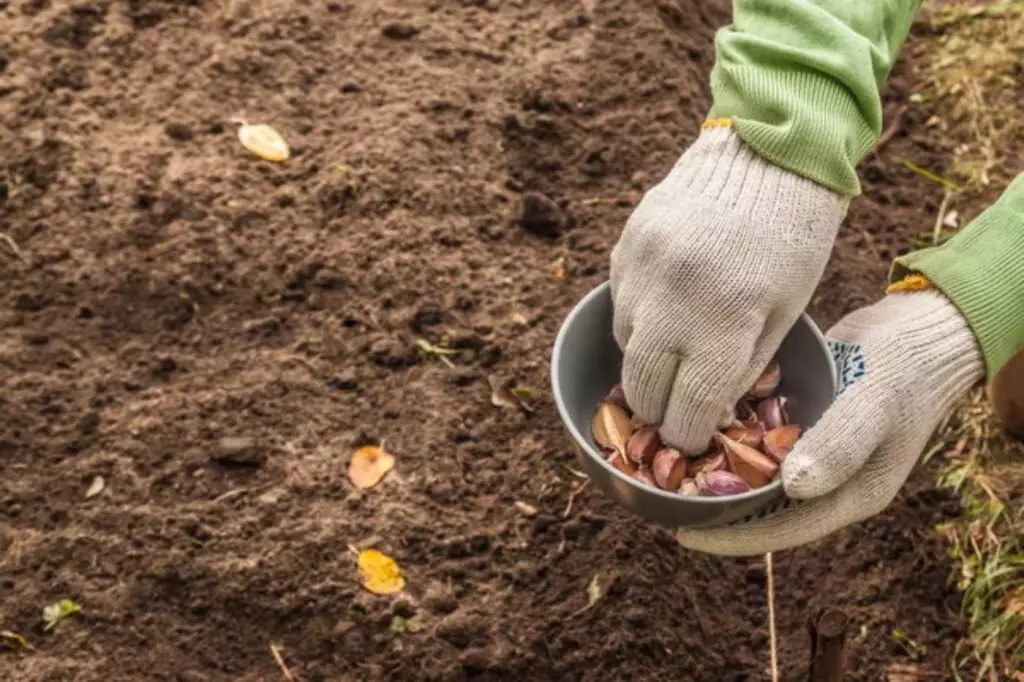
Average Cost of Planting Garlic per Acre by Region
| Cost Category | North America (e.g., USA) | Europe (e.g., Spain) | Asia (e.g., China) |
|---|---|---|---|
| Seed garlic | $1,500 | $1,300 | $1,000 |
| Land preparation | $1,000 | $800 | $700 |
| Labor | $2,500 | $2,200 | $1,500 |
| Fertilization & pest control | $800 | $700 | $600 |
| Irrigation | $1,500 | $1,200 | $1,000 |
| Equipment | $2,000 | $1,800 | $1,500 |
| Miscellaneous | $700 | $600 | $500 |
| Total estimated cost | $10,000 | $8,600 | $6,800 |
Cost of planting an acre of garlic in the USA
In North America, the higher costs across several categories reflect the region's emphasis on quality and the use of advanced agricultural technologies.
Seed garlic costs are significant due to the preference for high-quality or organic varieties. Land preparation and labor costs are elevated because of the intensive efforts to ensure optimal soil conditions and the higher wages paid to workers.
Equipment and irrigation expenses are also substantial, given the reliance on mechanization and technology to maximize yield and efficiency.
Cost of planting an acre of garlic in Spain
European costs, particularly in garlic-producing countries like Spain, are slightly lower than in North America but still significant.
The region benefits from traditional farming practices and a climate conducive to garlic cultivation, which can reduce some input costs. However, labor and equipment costs remain high due to the quality standards and the use of modern farming techniques.
The moderate costs for seed garlic, land preparation, and irrigation reflect the balance between utilizing local resources and the need for imported materials or technology.
Cost of planting an acre of garlic in China
Asia, especially China, benefits from lower costs across all categories due to the scale of production and the availability of local resources. China is a top-producing country for garlic.
Labor costs are lower compared to North America and Europe, and the use of both traditional and modern farming practices allows for cost-effective production.
Seed garlic and land preparation costs are minimized by the widespread availability of suitable land and locally adapted garlic varieties.
Equipment and irrigation costs are managed through a mix of traditional methods and modern technology, optimizing expenses while maintaining high production volumes.
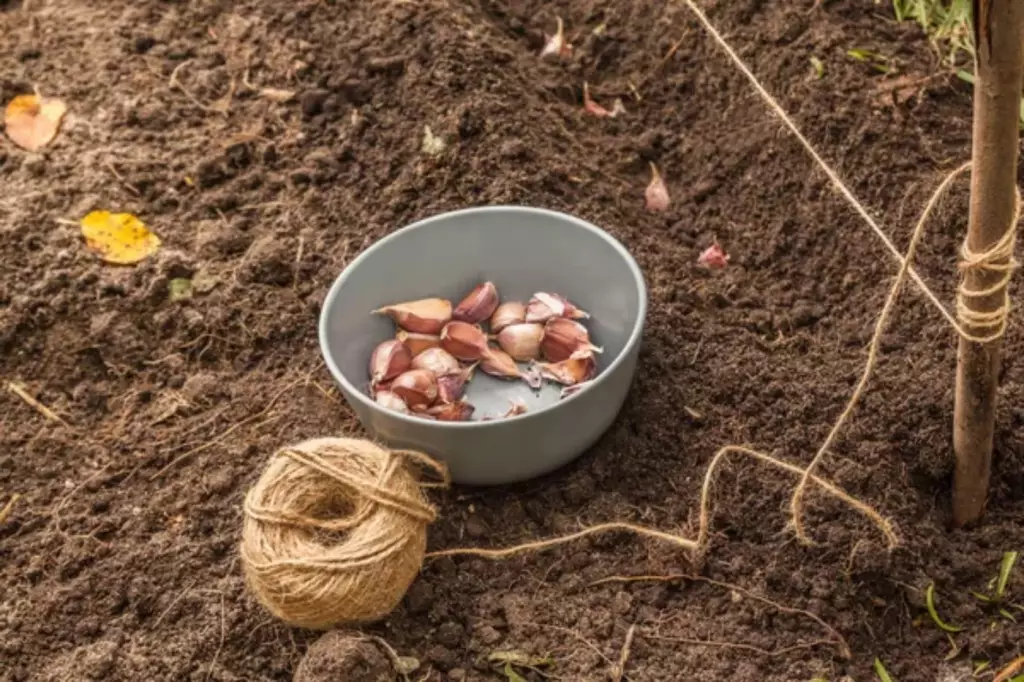
Factors Affecting the Cost of Planting per Acre
When you're looking to plant garlic, various factors can swing the cost per acre. Understanding these can help you budget accordingly.
Soil quality affects the overall costs
Prime garlic growth requires well-draining soil. Testing your soil composition for pH level is essential, as garlic prefers a range between 6.0 and 7.5. Adjustments to soil pH may require additional costs for amendments.
Factor in costs for climate instability and water resources
Garlic thrives in a climate with a cold period necessary for bulb development, which might not be found in warmer regions. Additionally, adequate watering systems boost garlic yields and factor into your expenses.
Climate instabilities, such as frosts, may mandate protective measures, possibly escalating your budget.
Nutrients and fertilizer needs may add up to the costs
Garlic is a heavy feeder and may need high nitrogen levels, especially at specific growth stages. Regular fertilization is important, and the type and quantity will impact your costs.
Costs for pest and disease management
Your garlic crop may face threats from pests and diseases, necessitating investment in preventative or reactive treatments.
Mulching and irrigation needs can affect the overall costs
Proper mulching helps prevent weeds and retain soil moisture, while an effective irrigation system ensures your garlic isn’t thirsty or waterlogged.
Planting garlic in raised beds can increase costs
If your land isn’t ideal, raised beds are a solution but come at an additional cost for construction and filling with appropriate soil.
Remember to factor in the costs associated with labor, equipment, and possibly automated solutions for larger acres.
By taking into account each of these aspects, you can derive a more accurate estimate for planting your garlic per acre.
